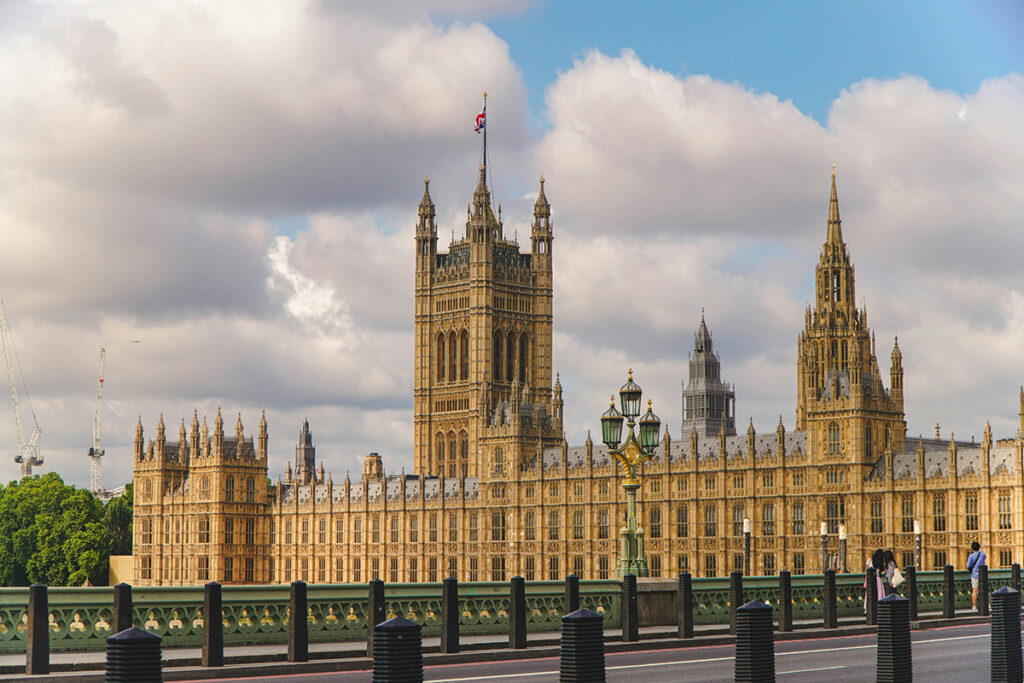Slower growth and higher unemployment – these are the main projections for the economy in 2023 and beyond from the Fed’s Summary of Economic Projections. After the welcome news of cooling inflation in July, a worrisome increase of core inflation in August reminded economists and journalists that the war against inflation is far from over. In the words of Jerome Powell: “Without price stability, the economy does not work for anyone.”
Across the globe, central banks are rapidly raising interest rates. But, this pursuit of slower inflation may have some unsavory consequences. The first side effect is higher unemployment, certain to be the most painful. Currently at 3.7%, the Fed projects the all-important rate to rise to 4.4% in 2023. According to the same projections, GDP is expected to grow by a lackluster 1.2% in 2023 and 1.8% in the long-run.
These projections are far from set in stone. Although the chance of a soft-landing is diminishing, job openings have plenty of room to come down. There are still over 11 million openings despite a cool-down of the labor market. If that number can slowly decrease without raising unemployment, the Fed will have achieved its goal.
It’s feasible that technological changes in the job-search process will make this success possible. The large and seemingly overnight increase of remote work in 2020 made the interview process much easier for many workers, which led to a jump in job hopping. Unemployment will not increase if some would-be job switchers cannot find new opportunities
It’s impossible to say which side – higher unemployment or lower job openings – will come out on top. But we know for a fact that the Fed will continue to raise interest rates to lower inflation. The current path for inflation to return to the Fed’s target – roughly-speaking, 2% growth in the PCE price index – will come with higher unemployment, lower growth, or fewer job opportunities. Most likely, it will be a combination of the three.







